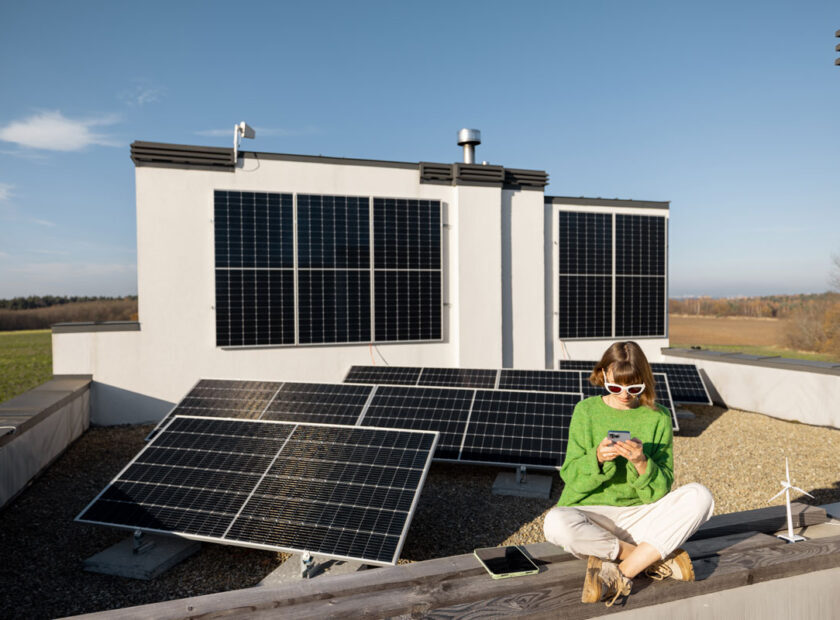Cyprus hopes to increase the share of renewable energy sources from 13.9% to 22.9% between 2021 and 2030, according to the EU assessment of the country’s National Energy and Climate Plan (NECP).
The commission’s assessments of the final NECPs of all member states include their performance in addressing the recommendations after the submission of draft NECPs.
NECPs show how each European Union member country would contribute to the bloc’s energy and climate targets for 2030 with renewables, energy efficiency, greenhouse gas emission cuts, interconnections, and research and innovation. The EU intends to achieve a 40% reduction in GHG emissions from 1990 levels (30% from 2005 levels outside the EU Emissions Trading System), a 32% share for renewables, and a 32.5% improvement in energy efficiency.
Based on the final NECP and on the investment and reform priorities identified for the country, the commission asked Cyprus to consider, while developing its national recovery and resilience plan, some climate and energy-related investment and measures. Among them are the introduction of a green tax reform coupled with promotion of sustainable mobility and opening up the electricity market to facilitate the increase of the production and use of renewable energy.
Renewables target could be increased
Cyprus’s ten-year renewable energy target is 22.9% of gross final energy consumption, the assessment reads. However, there is potential to increase it once the planned interconnection with Greece (EuroAfrica Interconnector) and Israel is put online.
The level compares to the minimum share of 23% resulting from the formula in Annex II of Regulation on the Governance of the Energy Union and Climate Action. The formula distributes the efforts across all member states in order to achieve a goal at the EU level of 32%.
Energy security – EuroAfrica Interconnector
Cyprus intends to achieve energy security with imports of liquefied natural gas (LNG) imports and electricity interconnections with Greece and Israel.
The island country is currently not interconnected with any other state. Once the first planned undersea cable is commissioned, its capacity will be 2,000 MW or 200% of the current peak load, the assessment adds.
According to the final NECP, the EuroAfrica Interconnector will be a 1.707-kilometer interconnector between the Greek, Cypriot, and Egyptian power grids. The link with mainland Greece will be installed via Crete.
The investment is estimated at EUR 4 billion.
![]()
GHG emissions
NECP sets a 2030 target to reduce domestic greenhouse gas (GHG) emissions outside the EU Emissions Trading System or non-ETS by 21% compared to 2005. This is in line with the national 2030 reduction target of 24% compared to 2005, legislated under the Effort Sharing Regulation (ESR).
According to the assessment, long-term targets or objectives are not provided in the NECP.
Energy efficiency – low ambition
The Cypriot contribution to the EU-level target for 2030 is of low ambition. The “energy efficiency first” principle has been applied in planned policies and measures. The final document includes many aspects related to buildings. Cyprus submitted its long-term renovation strategy on May 13.
Investments – EUR 13.7 needed by 2030
The necessary investments until 2030 are estimated at EUR 13.7 billion. NECP provides detailed information on major investments that have been planned, the assessment reads.
NECP specifies that a large share of financing would come from private sources and that it would require Cyprus to create appropriate frameworks for project development and implementation.
SOURCE: Balkan Green Energy News





